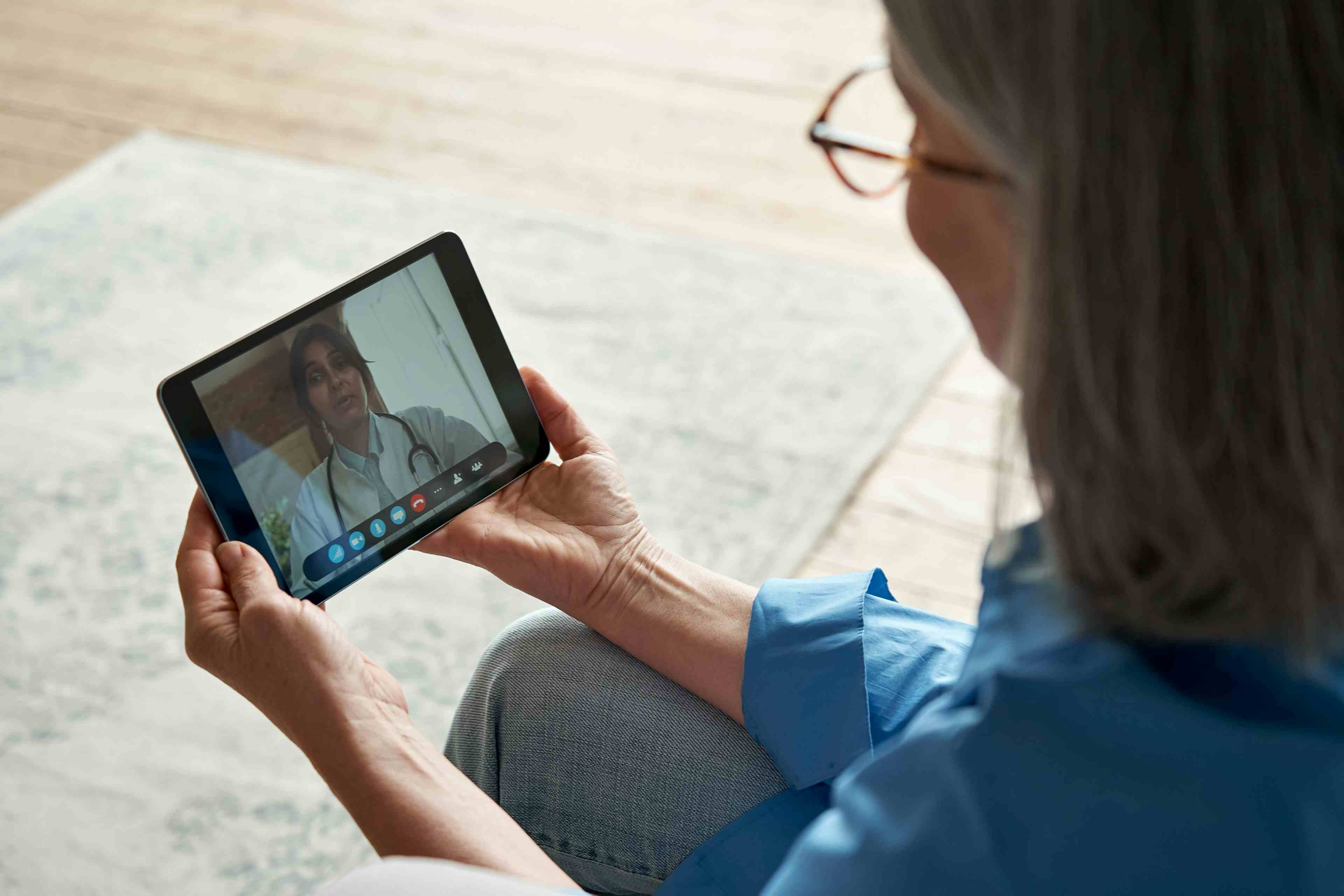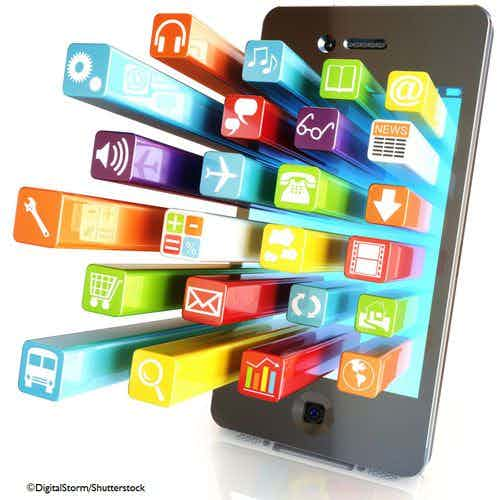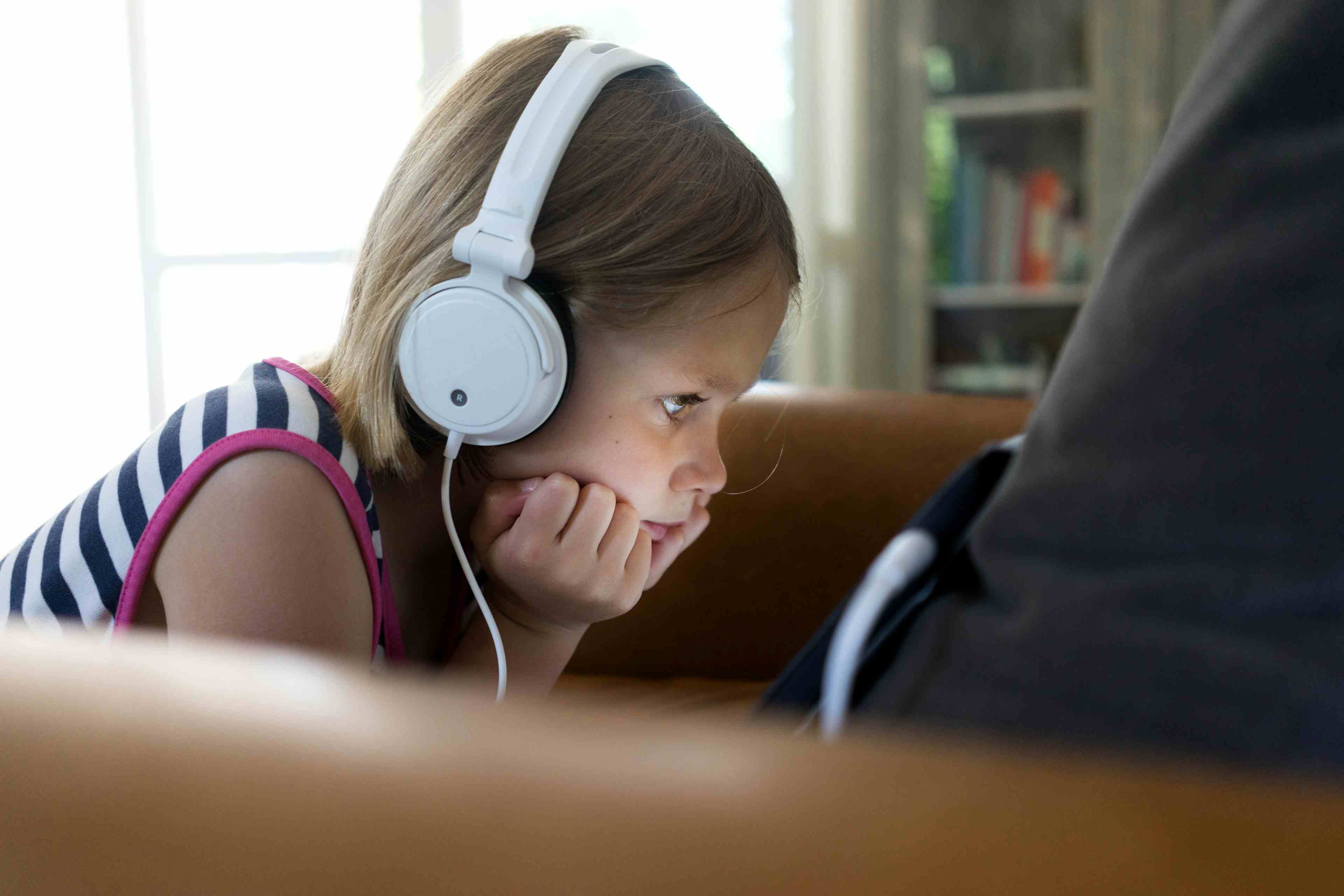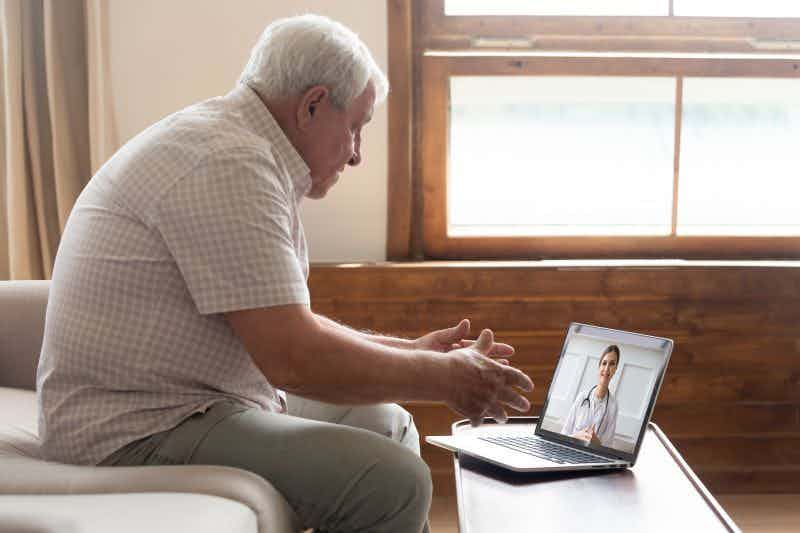Publication
Article
Psychiatric Times
A Literature Review of Videophone Use in Mental Health
Author(s):
In our survey, we found videophones a surprisingly understudied and underutilized tool in spite of the fact that they are easy to use and do not require any technical support.

The delivery of mental health care via electronic devices-also called telemental health-has gradually become an established alternative to improve access to mental health services. Telemental health services routinely include psychotherapy, psychological testing, medication management, and forensic evaluations. Most of these services are provided through videoconferencing using a “hub and spoke” model. In this model, the care provider, or consultant, is at the medical center (or “hub”) while the patient is at a distant location, usually a satellite clinic (or tip of the “spoke”).
This model of care has effectively brought care closer to patients, but it still requires that patients travel to the “spoke” tip location, which may not be practical for those with chronic mental or physical illness. Videoconferencing equipment tends to be bulky (about the size of a living room television set) and requires dedicated space and information technology support staff. Both may limit technical deployment.
Telemental health alternatives with video capability that make the patient’s home the point of service are scarce. Videophones are a reasonable alternative that bring access to care directly into the patient’s home, provided the patient has a telephone line and a power source. Although limited by image size (6 to 8 inches wide) and bandwidth (25 to 50 kHz), videophones are easy to use and are readily accepted by patients and staff.1 While these limitations may restrict videophones as first-line telemental health delivery devices, videophones could serve as an adjunctive means to mental health services for special populations, such as the severely mentally ill or those living in rural areas. We set out to systematically review the medical literature to determine the usefulness of this simple telemental health alternative tool.
We conducted a comprehensive search in electronic bibliographical databases using PubMed citations from 1960 to July 2010, Cumulative Index to Nursing and Allied Health Literature citations from 1981 to July 2010, and PsycINFO. The following keywords were used: videophones, videophony, video-phone, videotelephone, telephone, and telephony. The search was further refined with such terms as mental health, mental health services, psychotherapy, telepsychiatry, and psychology. The total results from all databases were 39 citations.

We included only those studies that described the use of videophones for mental health services, such as mental health disease prevention, psychotherapy, and testing. Twelve studies fulfilled these criteria and are included in the Table.
Palliative care
The 12 studies included a total of 97 patients. Of the 12 studies, 5 (41.7%) were applications of a videophone in palliative care with up to 34 patients (35%).2-5 One study described 2 case reports of terminally ill patients where a videophone was used to provide each patient and his or her caregiver access to a hospital-based hospice care staff.2 The goal was to decrease caregiver anxiety and maintain both the patient’s and caregiver’s quality of life while assessing the usefulness of the technology.
The patients lived in a remote rural location that would have made access to hospice care staff difficult. In both cases, the videophone was readily accepted and no technical problems were described. Anxiety levels measured by the S-Anxiety Inventory (a self-report instrument) remained low and quality of life was not diminished secondary to technical issues related to the videophone.
In another study, Oliver and Demiris3 compared how useful videophones were in delivering psychoeducational material with face-to-face sessions. One caregiver-patient dyad received the educational material face-to-face, the other received it via videophone. Both were equally satisfied. Curiously, the investigators noticed an increase in the number of verbal interactions between hospice staff and caregivers in the dyad when a videophone was used. Furthermore, the caregiver who used a videophone noted increased satisfaction because of not having to worry about leaving her business to meet face-to-face.
In another study, by Passik and associates,4 dignity psychotherapy was delivered via videophone to 8 terminally ill patients in an effort to prevent depression. These patients lived in a rural area far from the local medical center.4 Although there were some minor technical problems with the videophone, patients’ mood remained stable (measured by Zung scale) throughout the sessions for an average of 31 days. The patients showed an overall preference for using the videophone compared with face-to-face sessions because of the ability to participate from their own homes.
Cluver and colleagues5 compared the efficacy of cognitive therapy delivered via videophone with that of face-to-face therapy in 10 terminally ill patients. A total of 53 sessions were carried out alternating randomly between face-to-face and videophone. Of these, 21 sessions (39.6%) used videophone and 32 sessions (60.4%) were face-to-face. Patients reported being “highly satisfied” with both videophone technology and videoconferencing.
The studies by the Passik group4 and the Cluver group5 report easy acceptance and satisfaction with videophone technology by both patients and caregivers. These studies highlight the value of videophone technology in bringing access to services right into the patient’s home.
Caregiver support
Videophones have also been used successfully to offer 12 caregivers of terminally ill patients access to an institutionally based hospice interdisciplinary team.6 The caregivers were able to participate in treatment team meetings and to discuss medications (refills/dosages) and pain management. It also allowed the treatment team members visual confirmation of patient health status (disease progression and whether or not death was imminent).6
Caregiver support and psychiatric morbidity prevention have also been accomplished using videophones in a cohort of 61 patients with spinal cord injuries and their caregivers in rural areas of 3 southeastern states.7 Caregivers were supported with problem-solving interventions via videophones. The goal was to prevent caregivers from becoming distressed and depressed and also to help them forestall pressure ulcers and other complications in their patients. Videophones provided visual access to health care information services and support to caregivers.
Remote mental health care access
May and colleagues8 explored the use of the videophone as a means to expedite primary care clinic referrals from a distant location to a mental health center in the United Kingdom. In this study, primary care providers used a videophone to refer anxious or depressed patients to a mental health provider. Mental health providers evaluated the patient using a videophone, made an initial diagnosis and management recommendations, and then subsequently saw the patients face-to-face.
The researchers reported initial enthusiasm by both primary care and mental health providers following the trial period of 6 months. However, some mental health providers were concerned about the potential impact of the technology on the physician-patient relationship. There were no patient complaints about the technology. Other than occasional “image freeze” (delay), no other technical limitations were noted. Some patients saw the benefits of accessing specialty care through a videophone, while others saw the use of the technology itself as “unremarkable.”
We have used the videophone to augment access to medical and psychiatric services by a case management team that serves a severely mentally ill patient population.1,9 Case managers carry a videophone while making patient home visits and use it to discuss nonemergency clinical needs with the team psychiatrist and other team members. These needs include medication follow-up, monitoring clinical improvement, adverse-effect evaluations, and family support. The videophones have increased the involvement of family members in treatment planning and access to team members (eg, clinical pharmacists).9 This has helped with medication refill authorization and preparation questions. Although it has not been measured, we believe this has resulted in improved treatment adherence. This application has also resulted in better resource utilization and has reduced the need for patient travel and has improved case managers’ productivity by saving time and travel expenses.
Testing
Menon and colleagues10 demonstrated that videophones are a valuable tool for evaluating patients remotely. No differences were found between face-to-face and videophone results when 24 geriatric patients were evaluated using the Geriatric Depression Scale and Hamilton Depression Rating Scale. In addition, most patients preferred a videophone interview because of the convenience of avoiding unnecessary travel. The researchers noted the additional benefit of avoiding falls or accidents that may occur as unintended consequences of travel. This is especially significant in a geriatric population. As in a previous study, there was image delay (movement artifact).8
Jacobsen and colleagues11 conducted a series of neuropsychological tests in a cohort of 32 patients in Norway. Patients were evaluated both face-to-face and by videophone. The image size on the videophone was augmented with a connection to a Tandberg screen. Results were consistent and reliable for both videophone and face-to-face testing. It is notable that the group did not express a preference for videophone. The researchers concluded that videophones are a reasonable alternative means of specialized testing. This is especially significant when weather and geographical barriers limit treatment alternatives where specialized trained staff are at a premium.
Other uses
Videophones have also been used successfully to provide access and “virtual visits” to nursing home residents from distant family members in an effort to prevent isolation and depression.12 This visual access, although limited to small screen size, provided enough “social presence” to allow family members to “visit” with a nursing home resident and alleviate some of the isolation these residents often experience.13 The videophone also allowed family members to participate in treatment team decisions and thus decreased guilt and may have prevented their own onset of depressive symptoms.12
Summary
In our survey, we found videophones a surprisingly understudied and underutilized tool in spite of the fact that they are easy to use and do not require any technical support. One reason may be that most clinicians prefer higher-bandwidth technologies, such as videoconferencing, and are not familiar with videophones as a potential adjunct treatment alternative in patients whose functional mobility limitations maybe an issue. Another reason may be that most clinicians tend to think about “nonimage” technologies, such as home messaging, when they think about telehealth services delivered to the home. Videophones may be an ideal tool to bridge these 2 technical levels of care; videophones provide both imaging and in-home access to clinical care, albeit with some limitations.
Videophones are an ideal telehealth alternative for delivering “patient-centric” care. They are well accepted by patients, caregivers, and staff for their simplicity of use. They are affordable, portable, and durable and can be used to provide an array of adjunct care services to patients with barriers to treatment-whether geographical, functional, or otherwise. Videoconferencing equipment, on the other hand, is more expensive, requires dedicated space, and is not mobile; also, it requires technical support and incurs infrastructure expenses.
The second generation of videophones (ie, smartphones, super phones) will allow even more patient access and have the potential to be the ultimate patient-centric telehealth alternative. Software in these affordable phones allows for the exchange of high-resolution image and nonimage exchange modalities (such as electronic mail), ideal for appointment confirmation, laboratory results notification, etc. These devices have about the same screen size as the first-generation videophone, but their portability is greatly improved. On the other hand, patient privacy and the expectation of unlimited real-time access to care are items to be considered in the future clinical deployment of these devices.
Most of the studies of telemedicine have been small. Larger, more systematic investigations of telemental health via videophones, particularly in the areas of patient and caregiver satisfaction and treatment response, are needed. Areas of utilization listed in our review (special populations and/or caregiver support) are understudied and underserved telemental health populations. The ability of videophones to provide increased access to higher levels of care, such as hospital-based resources, at minimal cost is apparent, especially in cases in which mobility to “spoke” locations served by videoconferencing may be impractical because of illness or geographical barriers. Videophones enable clinicians and caregivers to maximize patient convenience, safety, and satisfaction.
References:
References
1. Nieves JE, Godleski, LS, Stack KM, Zinanni T. Videophones for intensive case management of psychiatric outpatients. J Telemed Telecare. 2009;15:51-54.
2. Oliver DR, Demiris G, Day M, et al. Telehospice support for elder caregivers of hospice patients: two case studies. J Palliat Med. 2006;9:264-267.
3. Oliver DP, Demiris G. Comparing face-to-face and telehealth-mediated delivery of a psychoeducational intervention: a case comparison study in hospice. Telemed J E Health. 2010;16:751-753.
4.Passik SD, Kirsh KL, Leibee S, et al. A feasibility study of dignity psychotherapy delivered via telemedicine. Palliat Support Care. 2004;2:149-155.
5. Cluver JS, Schuyler D, Frueh BC, et al. Remote psychotherapy for terminally ill cancer patients. J Telemed Telecare. 2005;11:157-159.
6. Wittenberg-Lyles E, Oliver DP, Demiris G, et al. Question asking by family caregivers in hospice interdisciplinary team meetings. Res Gerontol Nurs. 2010;3:82-88.
7. Rivera PA, Shewchuck R, Elliott T. Project FOCUS: using videophones to provide problem-solving training to family caregivers of persons with spinal cord injuries. Top Spinal Cord Injury Rehabil. 2000;9:53-62.
8. May C, Gask L, Atkinson T, et al. Resisting and promoting new technologies in clinical practice: the case of telepsychiatry. Soc Sci Med. 2001;52:1889-1901.
9. Nieves JE, Stack KM, Cruz M. Telepharmacy in mental health outpatient case management. J Pharm Technol. 2007;23:281-283.
10. Menon AS, Kondapavalru P, Krishna P, et al. Evaluation of a portable low cost videophone system in the assessment of depressive symptoms and cognitive function in elderly medically ill veterans. J Nerv Ment Dis. 2001;189:399-401.
11.Jacobsen SE, Sprenger T, Andersson S, Krogstad JM. Neuropsychological assessment and telemedicine: a preliminary study examining the reliability of neuropsychology services performed via telecommunication. J Int Neuropsychol Soc. 2003;9:472-478.
12. Hensel BK, Parker-Oliver D, Demiris G. Videophone communication between residents and family: a case study. J Am Med Dir Assoc. 2007;8:123-127.
13. Cukor P, Baer L, Willis BS, et al. Use of videophones and low-cost standard telephone lines to provide a social presence in telepsychiatry. Telemed J. 1998;4:313-321.






























